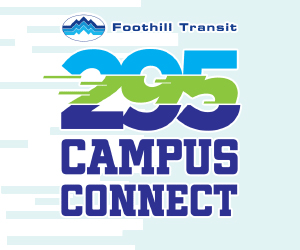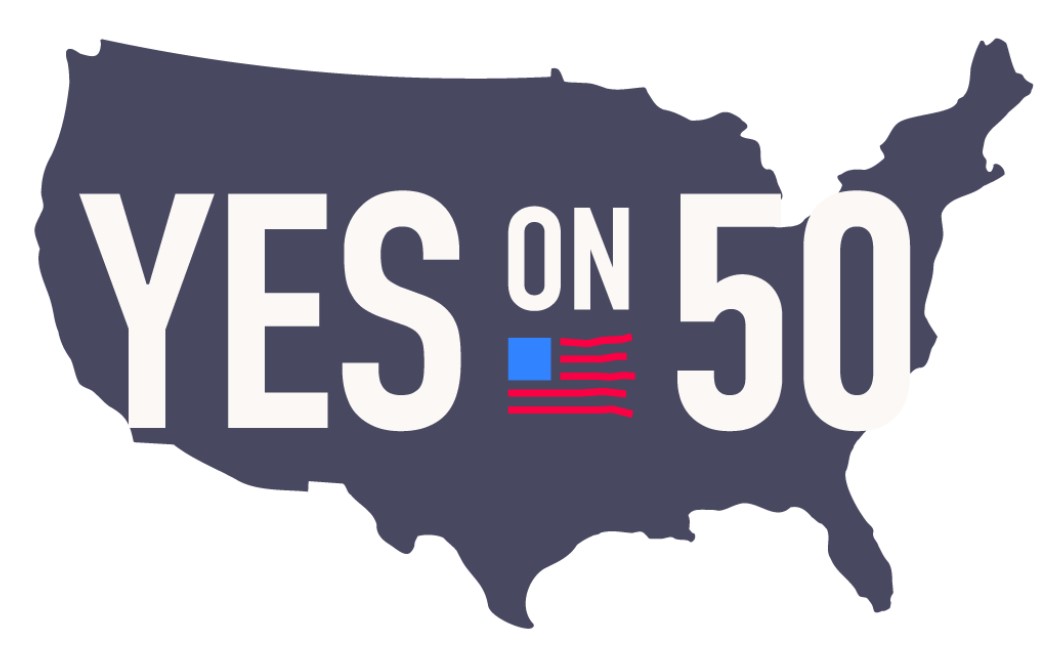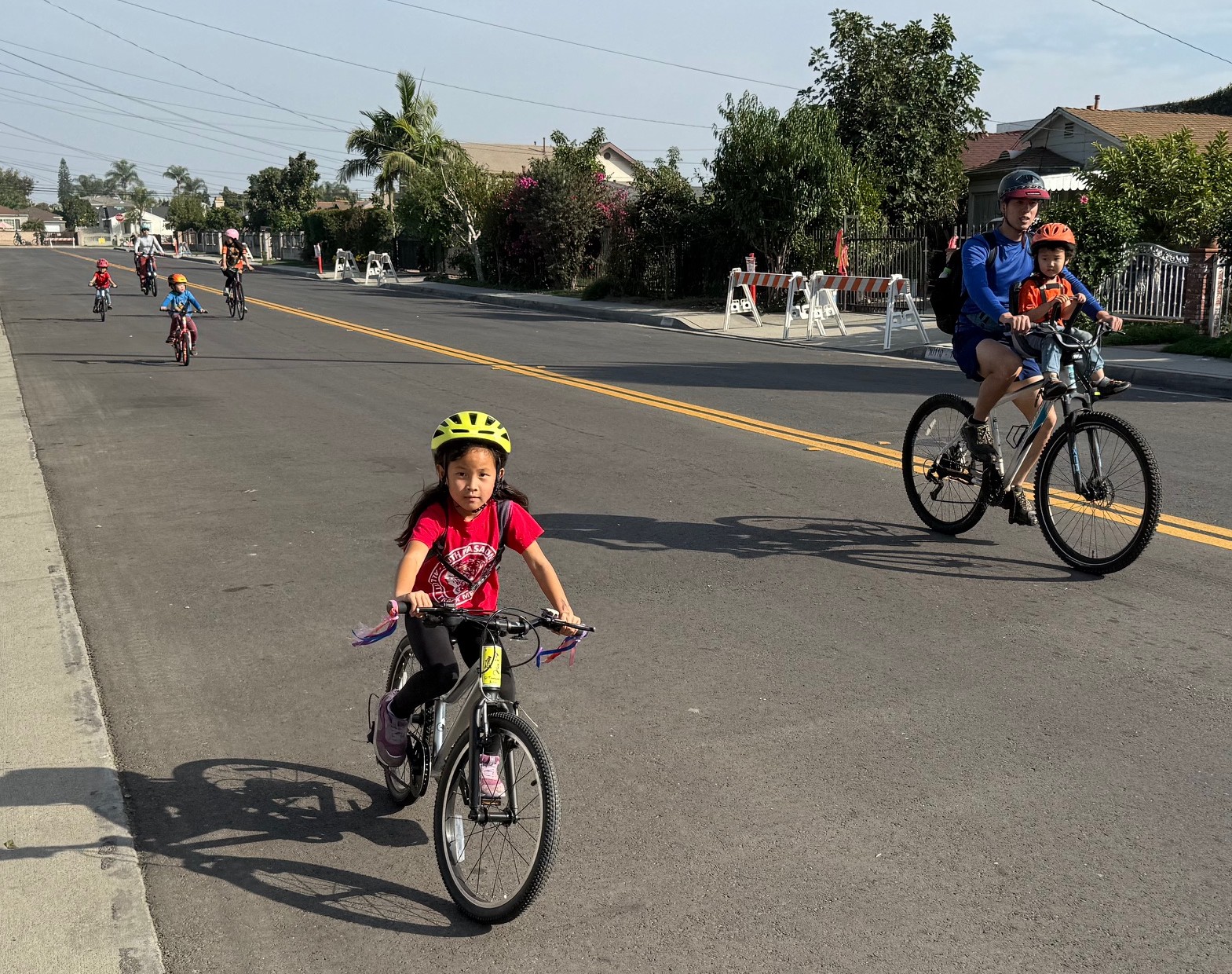
Michael Andersen blogs for The Green Lane Project, a PeopleForBikes program that helps U.S. cities build better bike lanes to create low-stress streets.
As people in the protected bike lane movement start to get a handle on 2015, it's worth pausing to look at the magnitude of 2014's success.
If any one chart can tell the story best, it's probably this one.
There's a word for that sort of growth: exponential.
In fact, we can even put a formula on it: approximately 38 percent growth every year since 2006, almost like clockwork.
Buried inside this trend is another one that shows how our language is changing. Last year was the year when most professionals settled on the phrase "protected bike lane" as the best way to describe these designs to a general audience.
What these charts are attempting to track, of course, is the spread not of a type of infrastructure itself, but of something more powerful: the idea of a type of infrastructure, as shown by the number of times it comes up in the media.
But newspapers are an ever-smaller share of the media. So let's look at a broader measure that includes not only U.S. newspapers but also English-language websites, magazines and newsletters from around the world.
Yep. There's something happening here.
Change is happening on the ground too, of course, though the sample size is smaller and progress has been less consistent.
Here it's possible to tell a very specific story about what happened. Protected lane projects started to gather steam in Bloomberg-era New York City, got a big boost from Chicago in the first year of the Emanuel administration (2011-2012), then saw a lull in 2013 as those two cities finished off the low-hanging fruit and started tackling more difficult streets. Meanwhile, the country's less executive-focused cities caught up. Last year saw another spike in building as cities across the country installed their first, second, or third such projects.
Because that's exactly the way a good idea spreads: a lone innovator starts doing something. If it works, a few thought-leaders notice and follow suit. Then more and more people notice, and finally the idea reaches a tipping point and becomes mainstream, routine and, finally, boring.
As we head into 2015, protected bike lanes are sitting on that cusp. Here's to a boring 2020.
Source on all media charts: Lexis-Nexis. Source on project chart: Green Lane Project's protected bike lane inventory.
You can follow The Green Lane Project on Twitter or Facebook or sign up for its weekly news digest about protected bike lanes.







